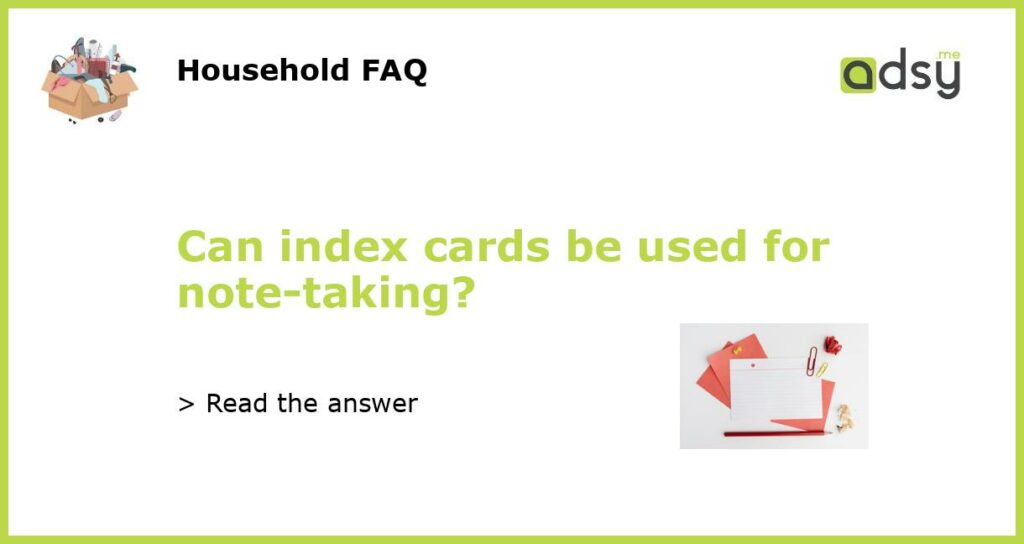What are index cards?
Index cards, also known as note cards or flashcards, are small pieces of paper or cardboard that are used for recording and organizing information. They usually come in standardized sizes of 3×5 or 4×6 inches and can be lined or unlined.
Advantages of using index cards for note-taking
While there are a variety of different note-taking methods and tools available, using index cards offers several advantages. Firstly, they are portable and easily stored, allowing you to carry them with you wherever you go and easily organize them in a small space. Secondly, they can be color-coded or easily labeled, allowing you to categorize and sort your notes in a way that makes sense to you. Finally, they can help to break down complex information into smaller, more manageable pieces, making it easier to retain and recall later on.
How to use index cards for note-taking
To effectively use index cards for note-taking, there are a few things you can keep in mind. Firstly, aim to keep each card focused on a single topic or idea. This will help you avoid clutter and confusion when reviewing your notes later on. Secondly, use brief, concise language to capture key points and ideas – you can always expand on these later if necessary. Finally, consider establishing a system for organizing your index cards, whether that be by topic, course, or date.
Tools to enhance index card note-taking
While index cards can be used on their own for note-taking, there are several tools and resources that can help to enhance their effectiveness. For example, you might consider using colored pens, highlighters, or sticky notes to draw attention to key points or reinforce important ideas. Additionally, there are a variety of digital tools available, such as Evernote or Notion, that allow you to organize, categorize, and tag your index card notes digitally.
Are index cards a useful tool for note-taking?
When it comes to note-taking, there is no one-size-fits-all approach. However, index cards can be an effective tool for capturing and organizing key information, particularly when you need to work with a lot of different ideas or topics. By following some of the guidelines outlined above, you can make the most of this simple but versatile tool and take your note-taking to the next level.






